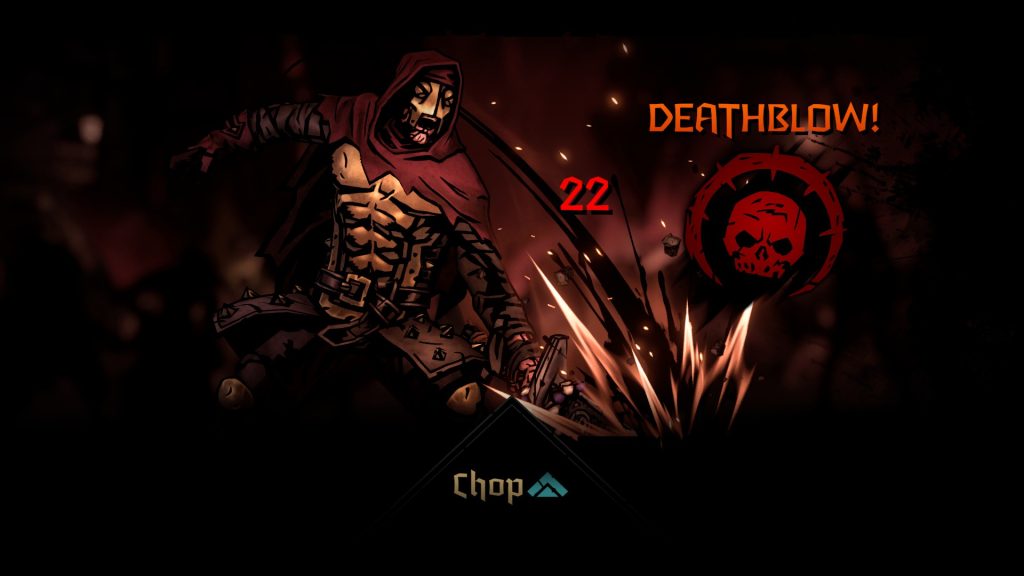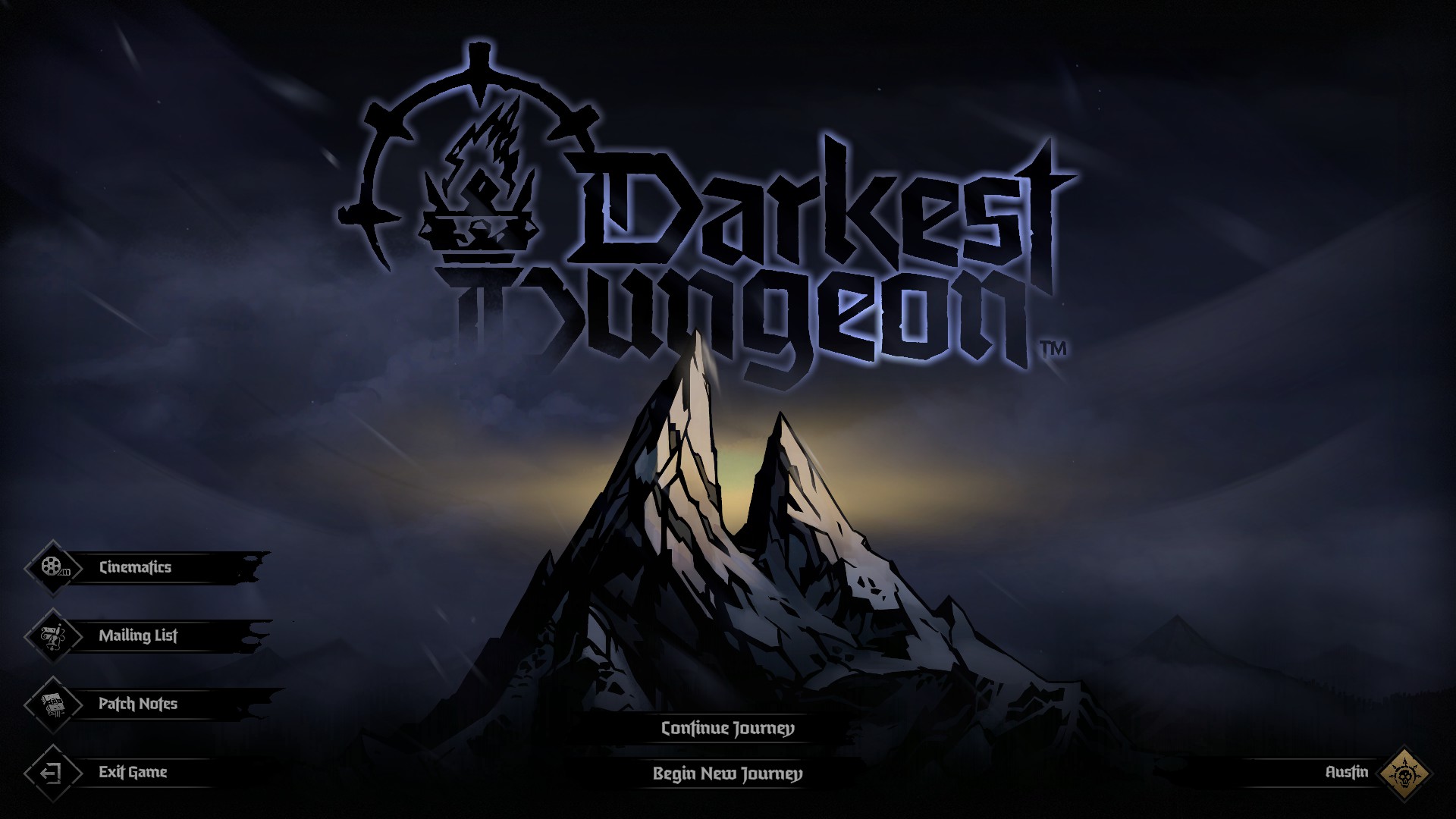Darkest Dungeon II by Red Hook is a strategy-based roguelike game in which you control four heroes who fight through various regions on their way to combat the world’s evils. Now, with the barest basics out of the way, this game is freaking awesome. I’ve logged 90 hours in DDII, and that number keeps rising. (Seriously, that number was at 80 when I started writing this.) Between the combat, the characters, and the satisfaction of a good plan coming together, I just can’t get enough of this game.
Let’s start with the easy stuff. There are 11 possible heroes to unlock and build your party with who all get slotted into ranks one through four. They’ve all got unique skills and utility: some have a knack for dishing out damage, others offer healing in crucial moments, and some can even do both (at a cost). There are nearly endless combinations of party members, so experimenting keeps every run fresh. Half the beauty of the game is discovering powerful combos that you didn’t expect to work until you see them in action.

Once you’ve selected your party, it’s time to get on the road. Your heroes will face many challenges on their way to the final boss. Even without any enemies to fight, you’ll have to manage how the heroes feel about each other. If you can keep relationships positive you can receive major buffs between your heroes. However, if they dip too low, they’ll suffer for their discordance.

Now we finally get to the meat and potatoes of the game: fighting bad guys. In combat, there are three bars that matter. Obviously there’s your health and the enemies’ health, but Darkest Dungeon II brings another factor into fights: stress. It’s not too complicated; keep it low and you’ll be fine, but if it goes too high things can get nasty.

The most important things are keeping your heroes alive and keeping the bad guys dead, and boy, are there a lot of ways to do that. From gunshots to poison to holy beams of light, there’s a lot of ways to damage enemies. My personal favorite as of late has been a strategy I call the three B’s: Burn, Bleed, and Blight. By bringing heroes that specialize in different types of damage-over-time effects you can watch your enemies melt away one turn at a time. Don’t just try to mimic my strategy though, you really can’t go wrong with just whacking them with a big sword if that’s more your style. Again, experimenting is paramount to find what strategies work best for you to beat the baddies.

Another unique mechanic (that actually works in your favor, fancy that) is called Death’s Door. You see, when a hero’s health hits zero, that’s not the end of them. They enter a volatile state where the next damage they take has a chance to kill them for good. Entering Death’s Door can also apply debuffs like weakness, blindness, or even lowering the hero’s death resistance.
Darkest Dungeon II is also just entrancing. The art style of the game is just gorgeous, the attack animations make your moves feel powerful when they hit (and pitiful when they miss), and the narrator makes your runs feel like epic adventures. Darkest Dungeon II is an emotional game in ways you wouldn’t expect at first glance. The nature of the game leads to you feeling a connection with your party throughout your runs, with their highs being your highs, and their lows being your lows. I personally feel terrible when a hero dies in a way I could’ve prevented. I yell at my party to get along while they argue in the stagecoach. The thrill of barely surviving a difficult encounter, and the sadness that comes with losing a hero who’s been with you from the start. All of these feelings come together as a personal connection with your party, even between runs.
Some spoilers ahead, since now we’re getting into the (not so) end of the game. The final boss isn’t very… final. See, there are five difficulty levels that all have a unique final boss. All of them have their own quirks that you can either adapt to or build a party specifically to counter. Out of the four that I’ve beaten so far (I’m yet to attempt the final final boss) the third one gave me the most trouble. It genuinely took me seven attempt to figure out the gimmick that turned the fight into a joke. It applies a mark to your party members that allows it to use a massive attack on anyone affected. My advice? Bring someone tanky into the fight, you’ll figure it out from there. (Hopefully quicker than I did.)
All in all, Darkest Dungeon II is a game I just can’t stop playing. Even after beating a super tough run, even when I get utterly crushed by something I couldn’t possibly have been prepared for, I just keep coming back. There’s always something new to discover or a challenge to push my gameplay further, which is why I really just love Darkest Dungeon II.


Leave a Reply